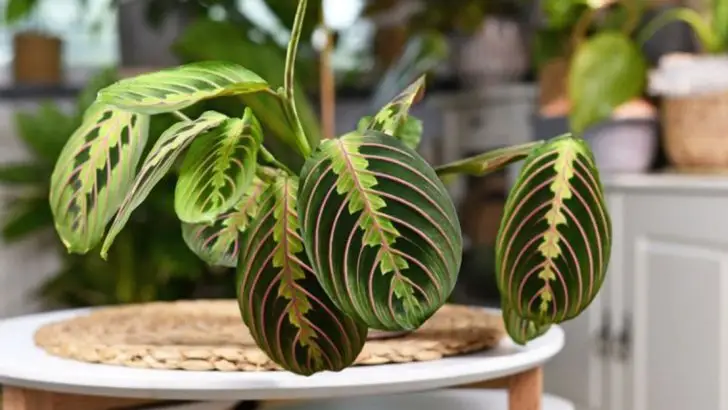Some plants are stunning and attention-grabbing, but they also come with a flair for the dramatic. Whether they’re incredibly picky about their care, prone to sudden wilting, or full of surprising tricks, these plants demand extra attention—but reward you with unmatched beauty and personality.
In this article, we highlight 21 plants that act like drama queens. From fainting ferns that collapse at a touch to orchids that refuse to bloom without perfect conditions, these plants love to keep gardeners on their toes. If you enjoy a bit of gardening suspense, these divas of the plant world will keep you entertained!
Fiddle Leaf Fig
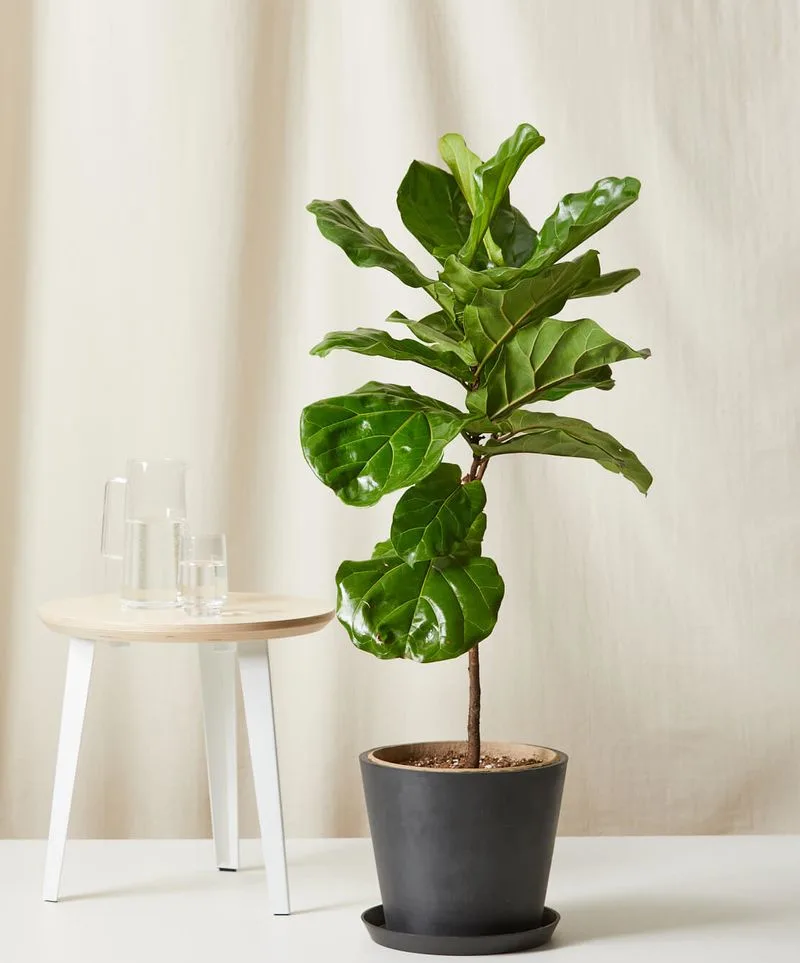
Ever noticed how this plant sulks when it’s moved? The Fiddle Leaf Fig demands a perfect spot, and even a minor change can lead to a dramatic leaf drop. With its grand, glossy leaves, it commands attention in any room. But beware, inconsistent watering or lighting can quickly turn this beauty into a diva. It thrives in bright, indirect light, preferring a consistent watering schedule. Keep it away from drafts and watch it flourish. Despite its fussy nature, the effort is worth the stunning visual reward it offers to any indoor space.
Peace Lily
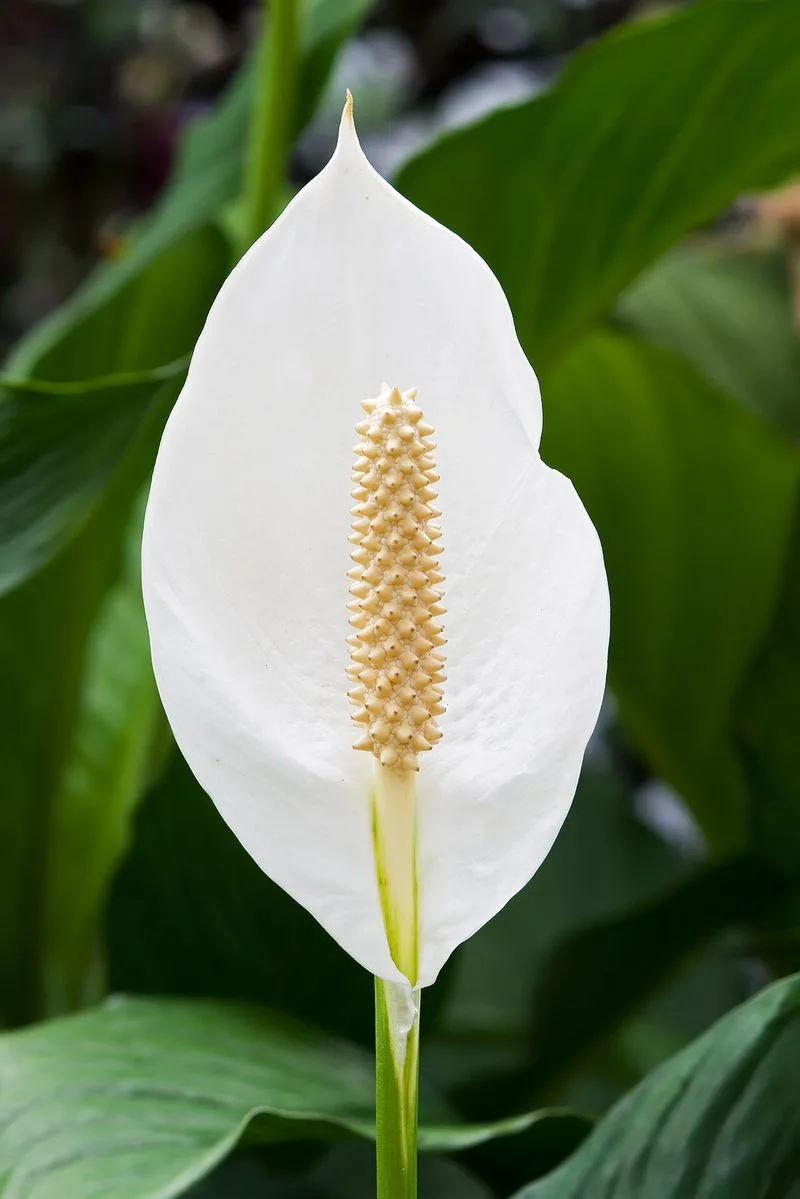
The Peace Lily is known for its striking white blooms and dark green leaves, but don’t be fooled by its serene appearance. It wilts dramatically when thirsty, almost as if to say, “Notice me!” Keep the soil moist but not soggy, and place it in low to moderate light. It’s forgiving but demands regular attention to maintain its grace. Its ability to purify air makes it not just a drama queen, but a useful one too. Engage with your Peace Lily regularly, and it will reward you with its elegant presence.
Calathea
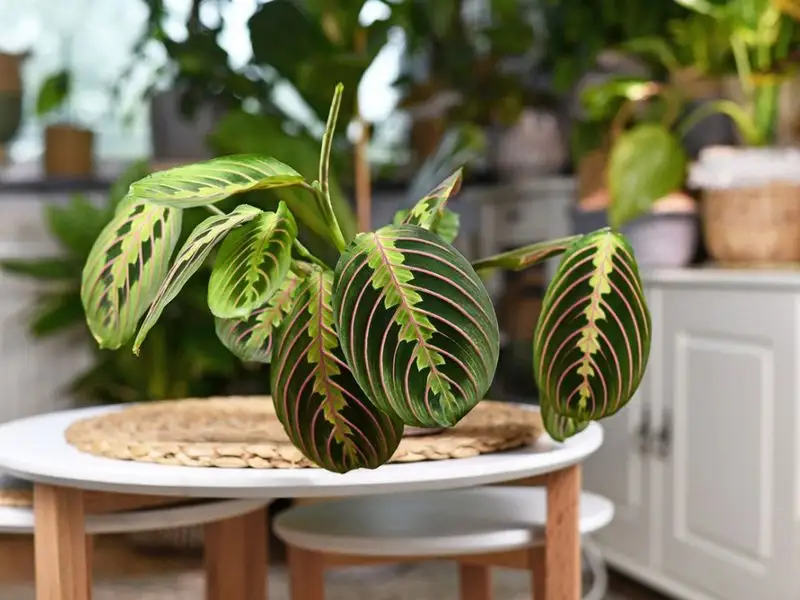
With leaves that fold up at night and unfurl in the morning, Calatheas truly have a flair for the dramatic. Their bold, beautifully patterned foliage is a sight to behold, but they crave perfect humidity levels. Too little, and the edges crisp up; too much, and mold is a risk. Deliver consistent humidity and indirect light for this plant to thrive. A pebble tray or humidifier can work wonders. If you meet its demands, a Calathea will be a show-stopper in your plant collection, always ready to perform its daily dance.
Orchid

Orchids are the prima donnas of the plant world, with their exotic blooms that captivate any observer. They require exact humidity and lighting conditions to flower, making them famous for their dramatic needs. Direct sunlight can scorch them, while too much shade prevents blooming. Place them in bright, indirect light and water sparingly. Orchids thrive on attention and routine, making them a rewarding challenge for any plant enthusiast. Their stunning flowers are worth the meticulous care, offering an unparalleled elegance to your home.
Boston Fern
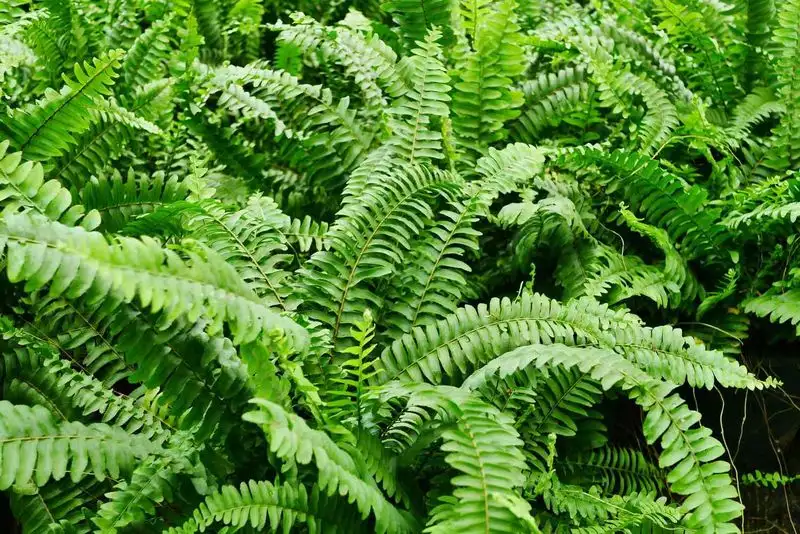
Fronds that crisp up at the slightest neglect? That’s the Boston Fern for you. Known for its lush, feathery foliage, it demands humidity and consistent moisture. A miss in your watering schedule leads to an immediate reaction. Place it in indirect light and mist regularly, especially during dry seasons. This plant loves company, preferring to be grouped with other humidity-loving plants. Perfect for a bathroom or humid corner, a well-tended Boston Fern adds a touch of the tropics to your space, making its diva-like demands worth the effort.
African Violet
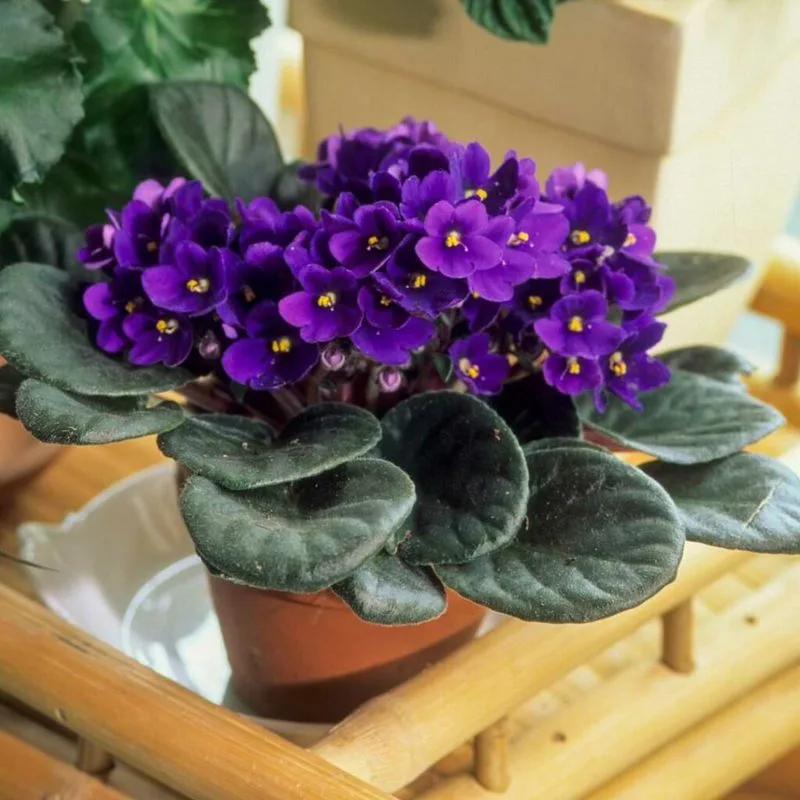
This dainty plant insists on being the center of attention with its vibrant, velvety blooms. African Violets require precisely the right amount of light and water to thrive, refusing to flower if neglected. Avoid water on leaves to prevent spotting, and place them in bright, indirect light. They’re finicky about temperature too, preferring it warm. Regular feeding keeps their blooms plentiful. With a bit of patience, these charming plants can brighten up any corner, their dramatic needs giving way to spectacular, consistent blooms when properly pampered.
String of Pearls
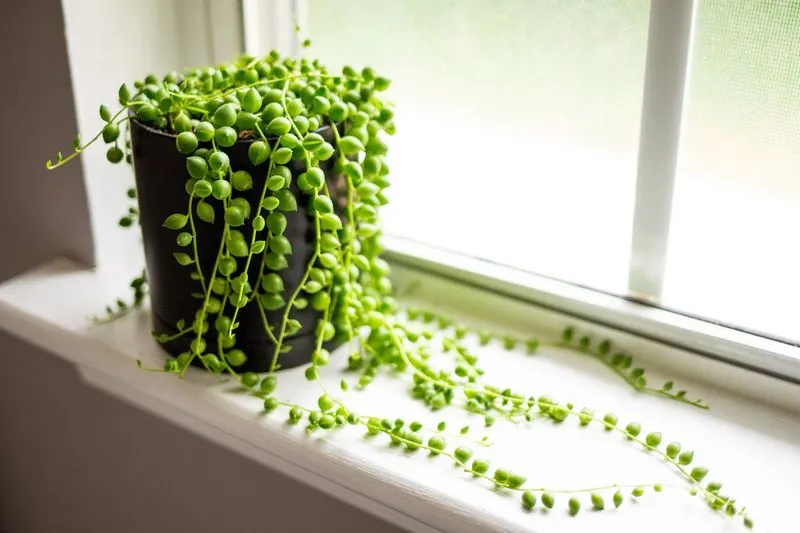
Quirky yet elegant, the String of Pearls is a succulent that demonstrates its drama with its trailing beads. It requires bright light and well-draining soil, becoming leggy and sparse if needs are unmet. Overwatering is its nemesis, leading to rot. Allow the soil to dry out completely between waterings. Its unique appearance makes it a conversation starter, but only if you cater to its whims. Keep them high up to cascade naturally, and they’ll reward you with lush growth. Master its requirements and this plant can be a stunning addition to your collection.
Azalea
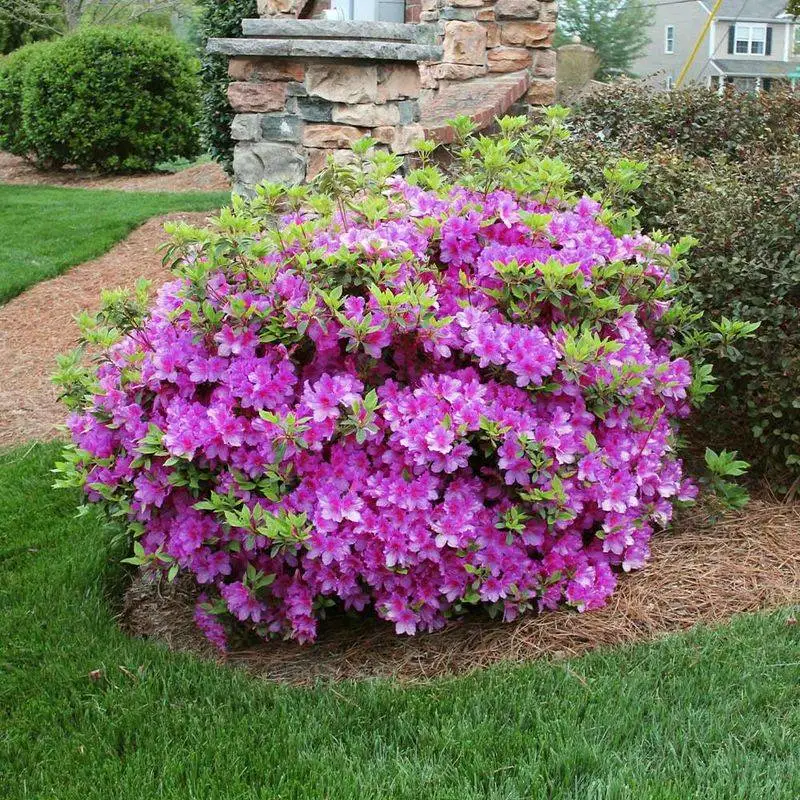
Azaleas are flamboyant show-offs, brightening gardens with their vivid blooms. However, they demand acidic soil and precise watering. Neglecting these needs results in wilting and poor flowering. Thrive best in dappled shade, avoiding harsh midday sun. Regular deadheading encourages more blooms. Their beauty is a reward for the meticulous gardener willing to meet their high standards. With the right conditions, Azaleas can transform any garden into a vibrant paradise, their dramatic flair providing a spectacular show throughout the flowering season. Embrace their demands, and they will flourish spectacularly.
Gardenia

Known for their intoxicating fragrance, Gardenias require high humidity, acidic soil, and perfect light conditions. Miss the mark, and buds drop or fail to develop. They thrive in bright indirect light and need consistent moisture. Fertilize regularly to support their growth. Their glossy leaves and stunning blooms make them a favorite, despite their finicky nature. Perfect for an outdoor garden or as a fragrant indoor accent, Gardenias reward attentive care with their lush presence and heavenly scent, making every effort worthwhile.
Jade Plant
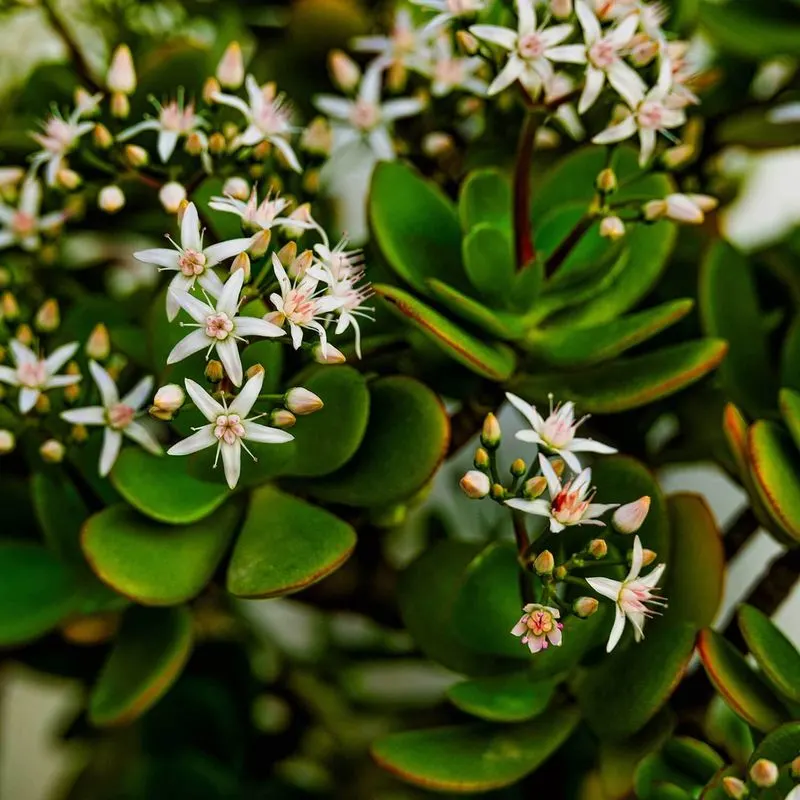
This succulent exudes elegance with its fleshy, emerald leaves, but it’s particular about its care. Needs bright light and well-draining soil, developing leaf spots if overwatered. Let the soil dry out between waterings to prevent root rot. Placed in a sunny spot, it can thrive and even bloom. Often considered a symbol of good luck, the Jade Plant’s demands are reasonable given its striking appearance. With minimal fuss, this plant can become a cherished part of your home, offering a touch of the exotic with its robust, architectural shape.
Alocasia

The Alocasia, with its elephant ear-like leaves, is a true statement piece. Demands bright, indirect light and high humidity to maintain its dramatic foliage. Inconsistent care leads to leaf drop and wilting. Regular misting and a humidifier can aid in meeting its needs. Its bold, architectural presence requires space to show off. Often called the “Kris Plant,” it’s known for its expressive nature, reacting quickly to environmental changes. While demanding, its unique beauty makes it a captivating addition to any plant enthusiast’s collection, requiring dedication for optimal growth.
Begonia Rex
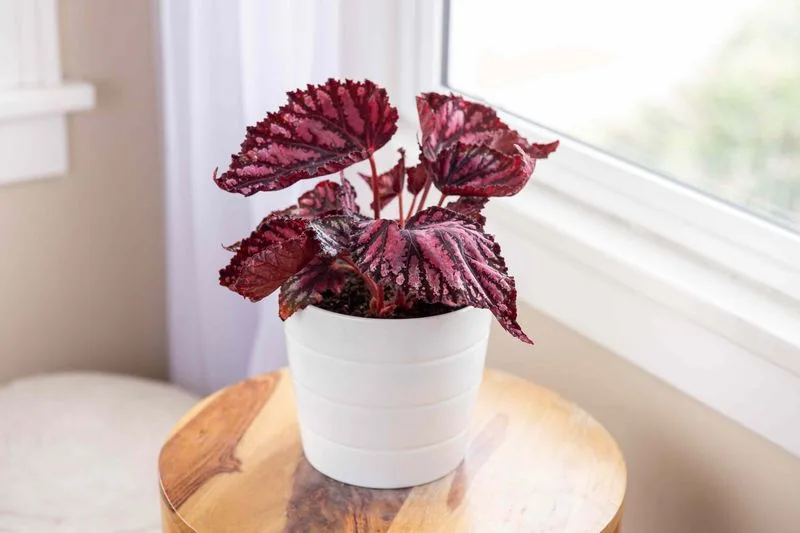
Begonia Rex captivates with its intricate, colorful foliage. However, it demands specific conditions—high humidity and indirect light are non-negotiable. Direct sunlight scorches its leaves, while dryness causes them to crisp. It thrives with consistent moisture, but never soggy soil. This plant’s diva-like nature is matched by its striking appearance, making it a favorite among collectors. Placed in a terrarium or near a humidifier, it can flourish. Begonia Rex’s unique beauty is worth the extra attention, offering a vibrant, textured addition to your indoor plant family.
Monstera Deliciosa

This tropical plant, known for its iconic split leaves, demands space and light. Monstera Deliciosa thrives in bright, indirect light and needs regular watering without becoming waterlogged. Its aerial roots may require support for optimal growth. High humidity enhances its dramatic foliage. As it matures, this plant’s leaves develop unique patterns, adding to its allure. While care is straightforward, its size and space requirements make it a commanding presence. Monstera Deliciosa offers an exotic touch to interiors, rewarding dedication with lush growth and captivating leaf patterns.
Lithops
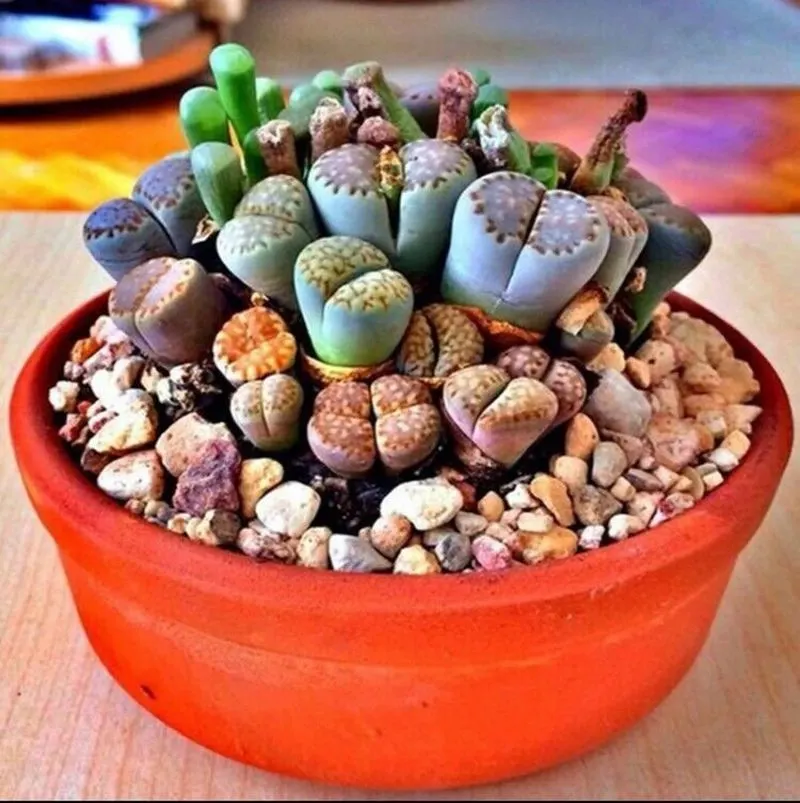
Lithops, or “living stones,” are succulents that blend into their environment with their unique appearance. However, they are particular about watering and light. Overwatering can lead to rot, while inadequate light causes them to stretch. Require bright, indirect light and little water, especially in dormancy. Their camouflaged look makes them fascinating and rewarding to grow. A perfect choice for succulent collectors, Lithops demands patience but offers an intriguing display for those willing to meet its needs. These little stones surprise with their subtle blooms, adding charm to any collection.
Cactus
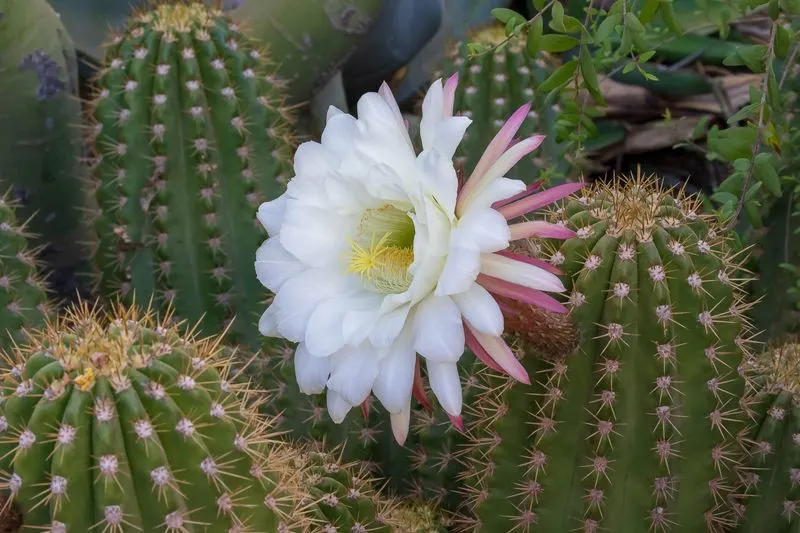
Cacti, with their spiky armor, are known for their resilience, yet they demand respect. They require bright light and minimal water, thriving in well-draining soil. Overwatering is a common mistake, leading to root rot. Their unique forms and flowers make them attractive additions to indoor gardens. While low-maintenance, they react dramatically to excess moisture. Placed in a sunny spot, cacti can flourish, offering a touch of the desert to your home. They are ideal for busy plant enthusiasts, providing unique beauty without the need for constant attention.
Venus Flytrap
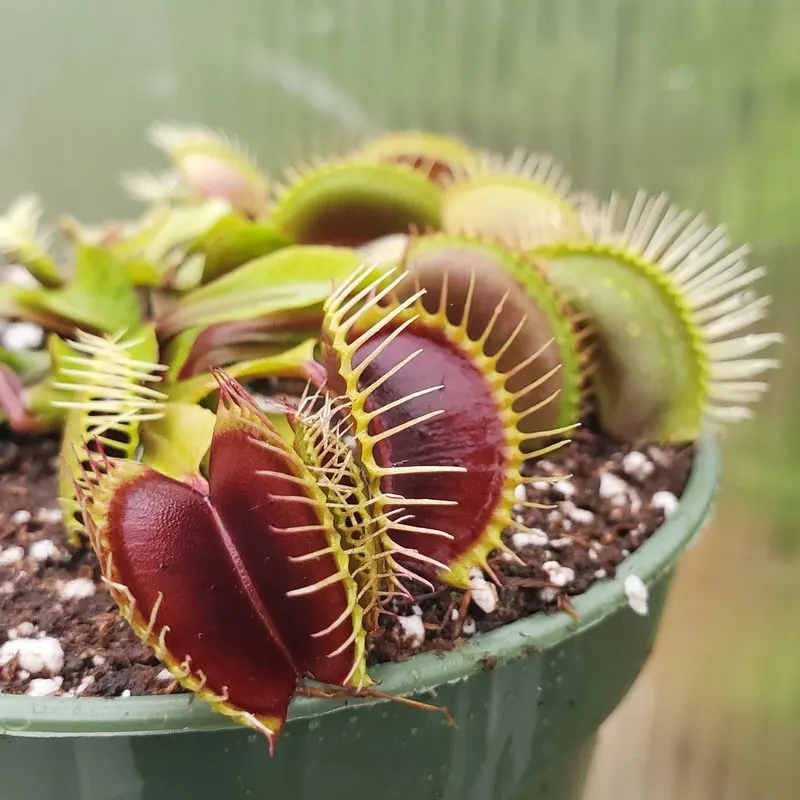
The Venus Flytrap is as dramatic as they come, with its snapping traps capturing insects for sustenance. Requires specific conditions—high humidity, distilled water, and bright light. Avoid regular tap water as it damages its roots. Its carnivorous nature adds intrigue, making it a captivating choice for plant enthusiasts. Ideal in a terrarium where humidity is controlled, it showcases nature’s adaptability. While its care is exacting, the reward is a plant that offers both function and fascination. A unique addition to any collection, providing endless interest with its dynamic feeding behavior.
Bromeliad
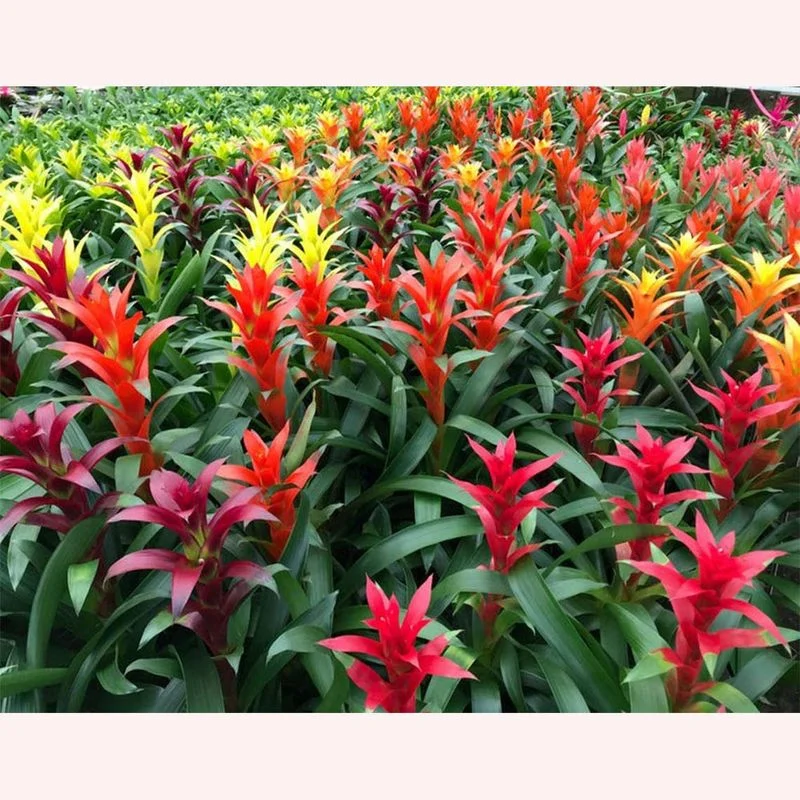
Bromeliads, with their vivid colors and tropical flair, demand specific care to thrive. They require humidity and indirect light, growing best when watered in their central “cup.” Too much or too little water can stunt their growth. Known for their striking appearance, they add a bold statement to any space. Ideal for bathrooms or kitchens where humidity is higher, Bromeliads reward care with long-lasting bracts and occasional blooms. Their exotic look and moderate care needs make them a popular choice for those seeking a splash of the tropics indoors.
Philodendron
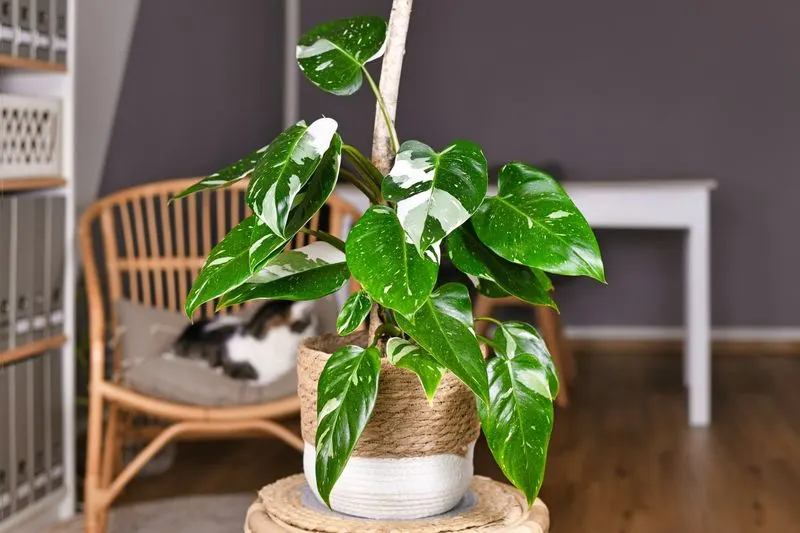
Philodendrons are adaptable yet dramatic, with their trailing vines and heart-shaped leaves. They thrive in bright, indirect light and need consistent moisture. Allowing the soil to dry slightly between waterings prevents root rot. Their lush growth makes them perfect for hanging baskets or climbing supports. Despite their adaptability, neglecting their needs leads to leaf yellowing and poor growth. With minimal care, Philodendrons provide an attractive, cascading effect, enhancing vertical spaces in homes. Their easy-going nature and impressive foliage make them favorites among plant enthusiasts looking to add greenery with minimal fuss.
English Ivy
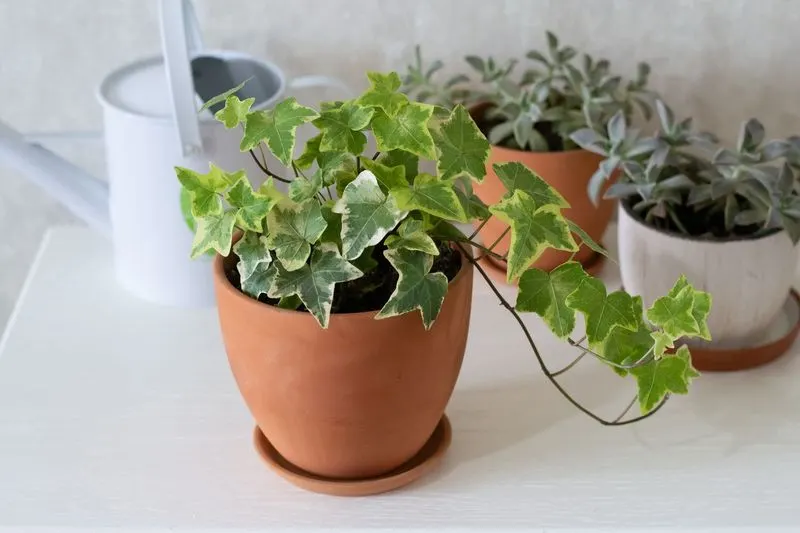
English Ivy, with its classic charm, demands attention despite its vigorous growth. Prefers moist soil and bright, indirect light but can tolerate shade. Its climbing nature requires support, and its fast growth needs regular pruning. Known for improving air quality, it’s perfect for creating vertical green spaces. While it can become invasive outdoors, indoors it provides lush greenery with moderate care. Regular misting helps maintain its lush appearance. English Ivy is ideal for those wanting a traditional, elegant touch in their plant collection, offering a verdant cascade when well-tended.
ZZ Plant

The ZZ Plant earns its drama queen status with its glossy, feather-like leaves requiring low light and infrequent watering. It tolerates neglect, making it a favorite among busy individuals. Its rhizomes store water, allowing it to survive dry spells. While low-maintenance, overwatering is a risk, leading to root rot. Suitable for offices or low-light areas, it offers lush greenery with minimal effort. Its air-purifying qualities add to its appeal. The ZZ Plant is perfect for those who desire a touch of green without the constant care, thriving quietly in the background.
Rubber Plant
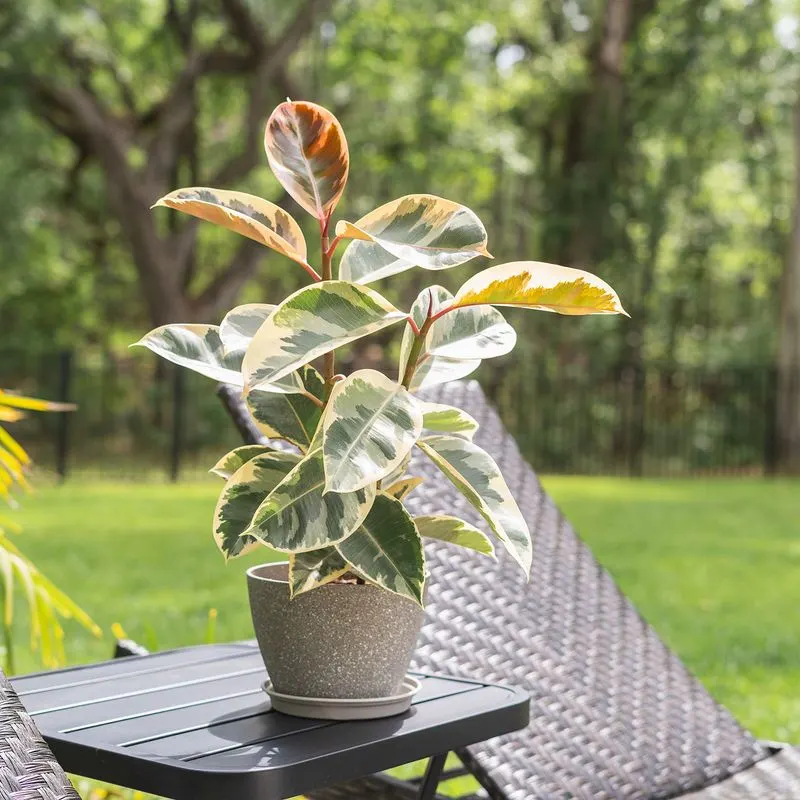
The Rubber Plant, with its large, glossy leaves, makes a bold statement in any space. Prefers indirect light and well-draining soil, reacting to overwatering with leaf drop. Regular cleaning keeps its leaves shiny and dust-free. It requires space to grow, often reaching impressive heights indoors. Known for its air-purifying qualities, it’s both decorative and functional. While robust, it demands respect for its watering needs. The Rubber Plant’s striking appearance and minimal care requirements make it an excellent choice for those wanting to add dramatic flair to their home or office.

